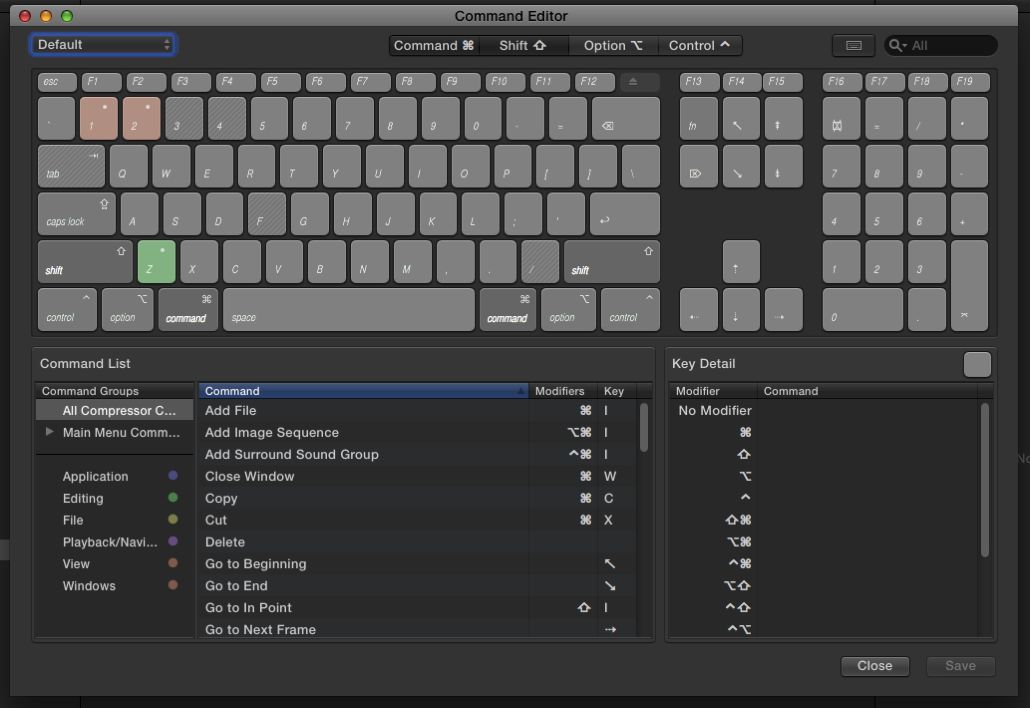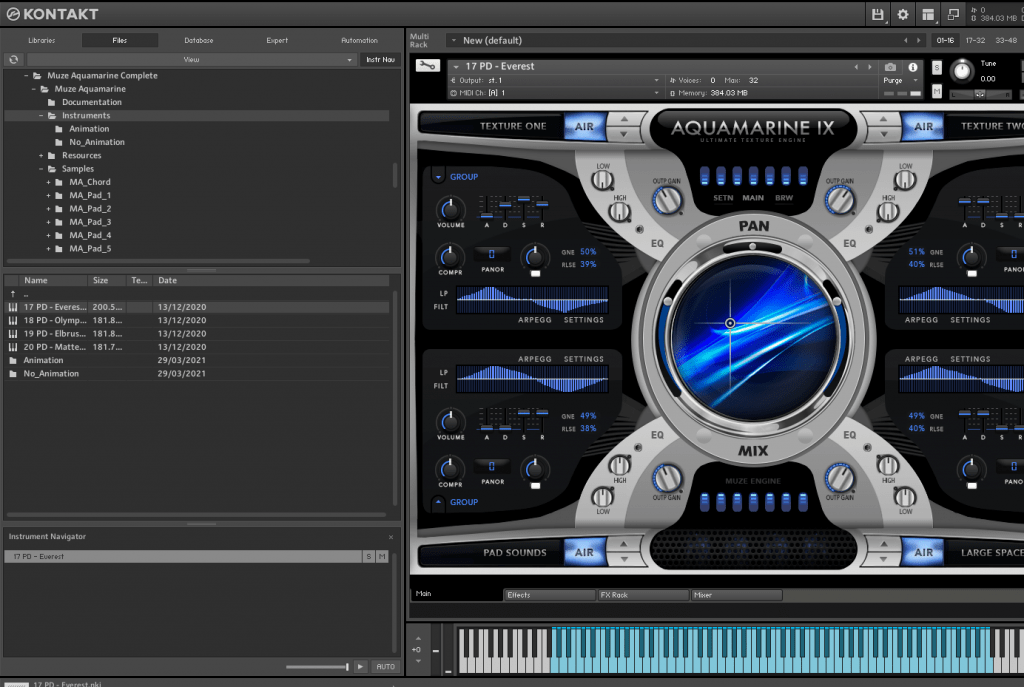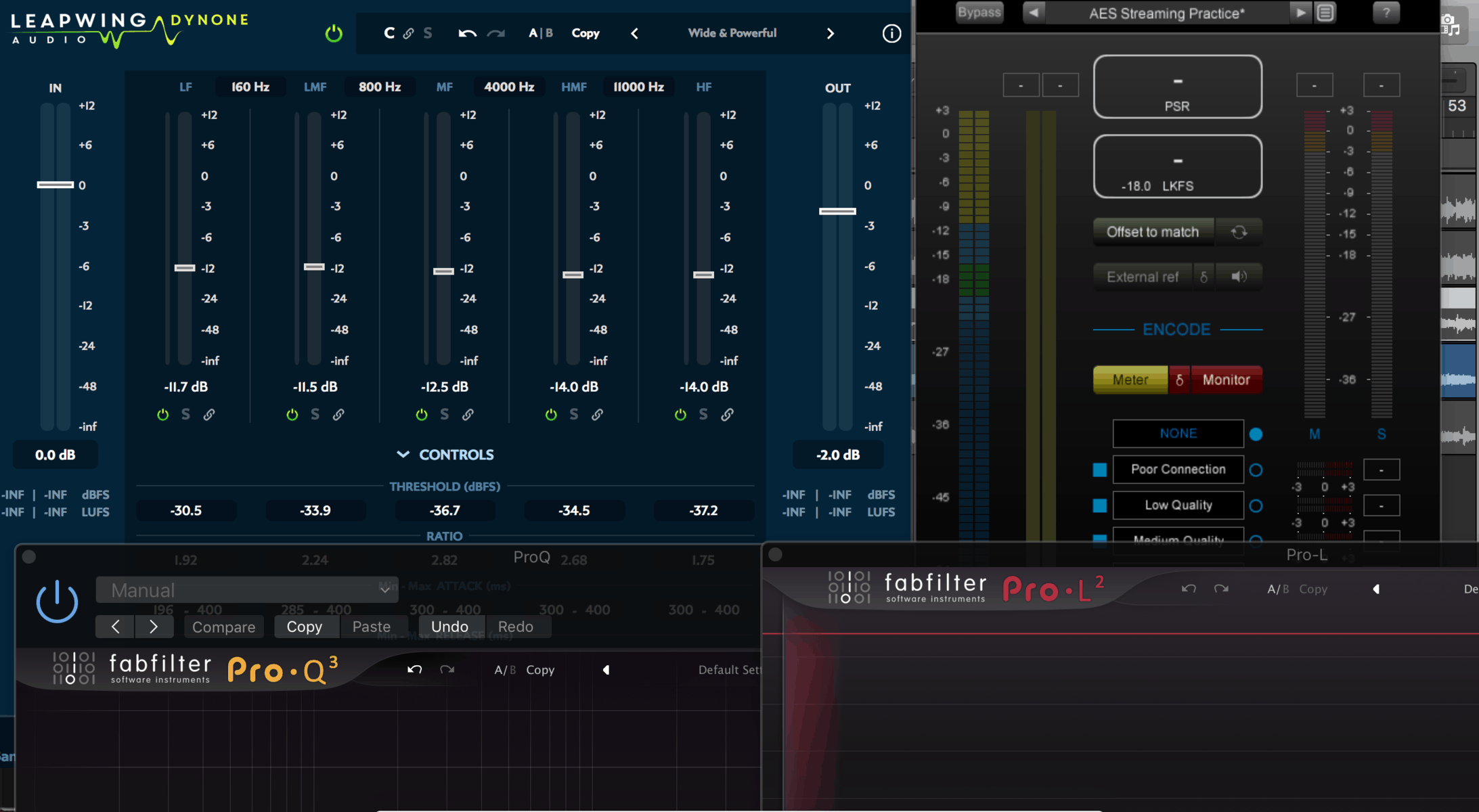

(This is where the crowd goes wild) IRON is an absolutely unique beast of an audio tool. Wouldnʼt it be great if we could get that type of super sweet tone and smooth compression with a more modern and versatile feature set? I have great news.we can.Įnter the mighty SPL IRON mastering compressor. Even the famed Fairchild had only two attack time options limiting its ultimate usefulness on many sources.

However, they also developed a reputation as a “one or two trick pony” as they were considered slow and often had only fixed or very limited options for attack and release times. Variable-mu circuits are much heralded for their harmonically rich tone, smoothness, warmth, and ability to “glue” tracks together.

The most important of those differences for us mixing engineers is, of course, the sound. This separates them from their counterparts in multiple ways.

Names like Altec, EMI, Gates, RCA, and Fairchild have all earned their stripes on many of our all-time favorite albums.īut what makes variable-mu designs different from the more common VCA or FET circuits, and why should we use them in our mixes? While some compressors of other types have had tubes within the audio path, variable-mu design is the only form of compression that actually uses tubes to achieve gain reduction. Though originally designed for the broadcast market, many pieces from that era found their way into recording studios. But let’s talk a few minutes about the “original” form of audio compression, valve-based variable-mu. VCA, FET, and optical are words we know well and use within our work every day. Let’s see and hear about his experiences with SPL IRON. 8 Grammy-nominated albums mixed and/or recorded, Dove award-winning songs and albums, 25 charting number ones mixed and many others recorded, Billboard top tens in multiple categories, and more. Nashville based producer/mixer/recording engineer Joe Carrell has accomplished a lot in his 20+ year career. Tips & tricks and NEW presets for download!


 0 kommentar(er)
0 kommentar(er)
